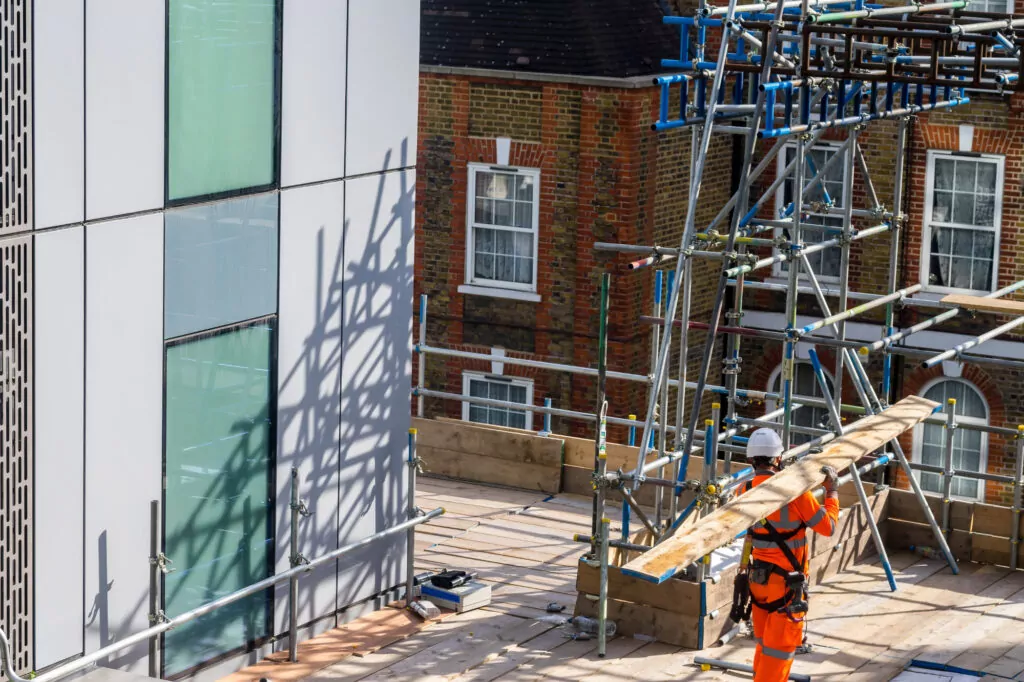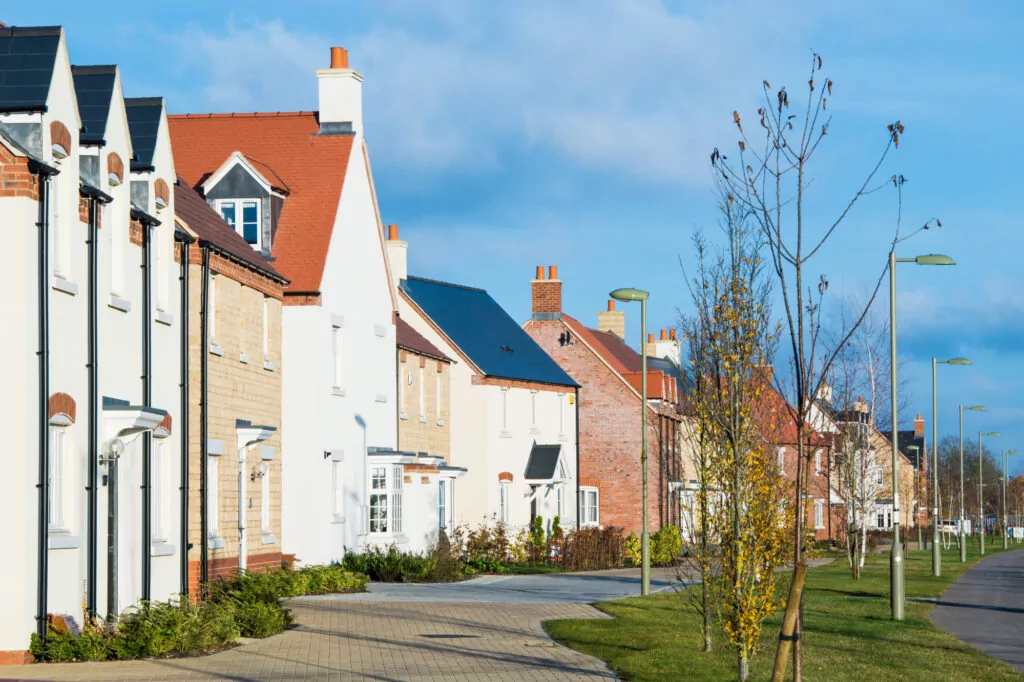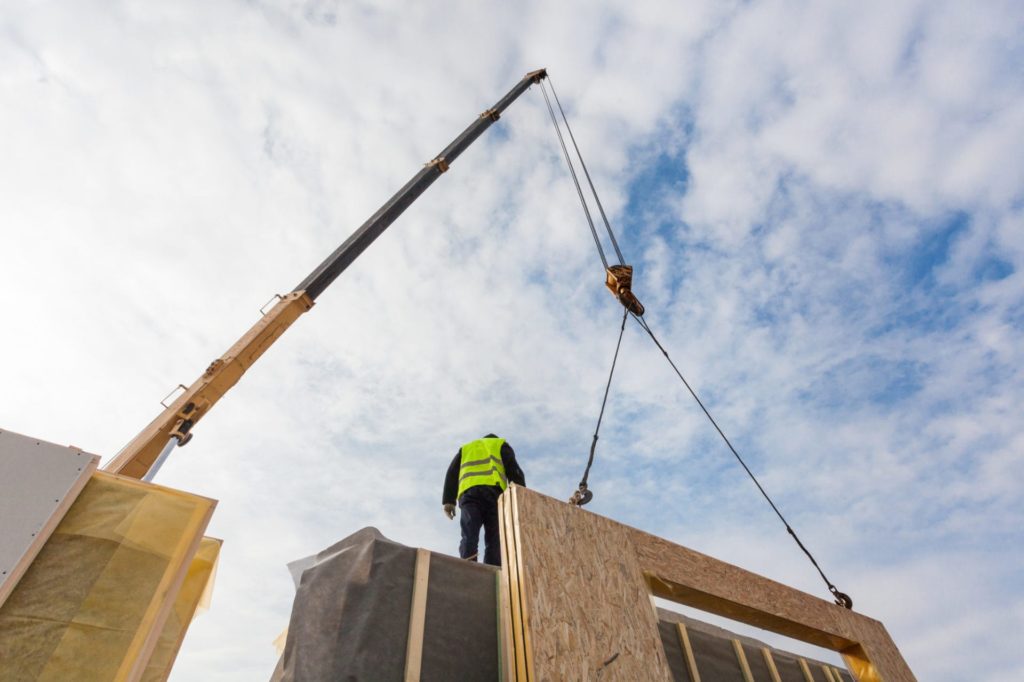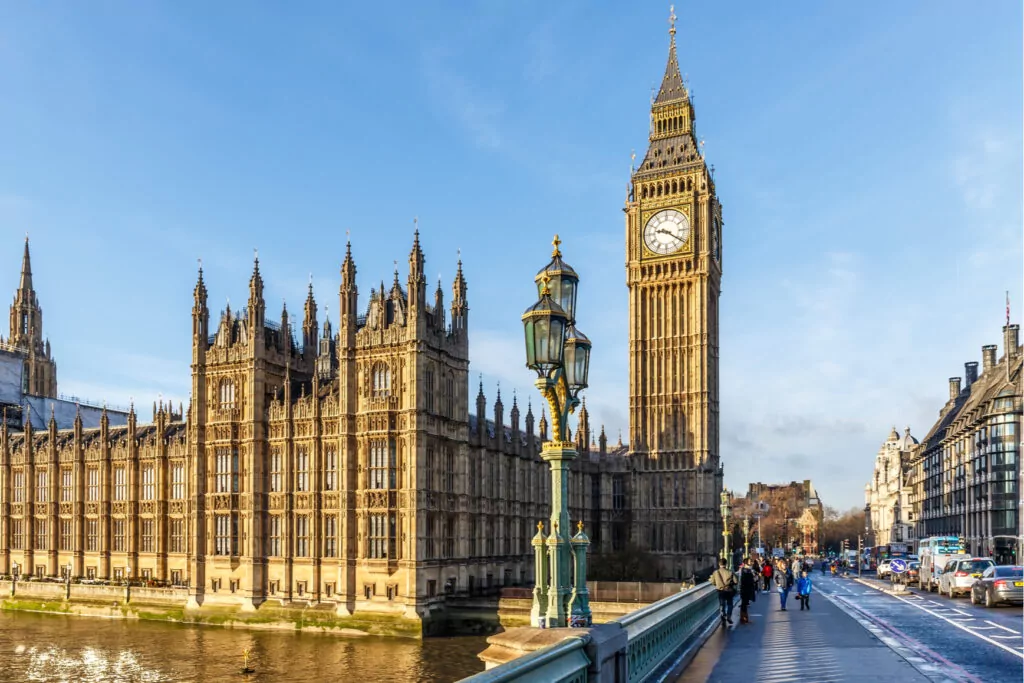
DEFRA publishes new policy on Local Nature Recovery Strategies

By Christian Silk, Lauren Donnison, Alex Goodman
31 Jul 2023 | 2 minute read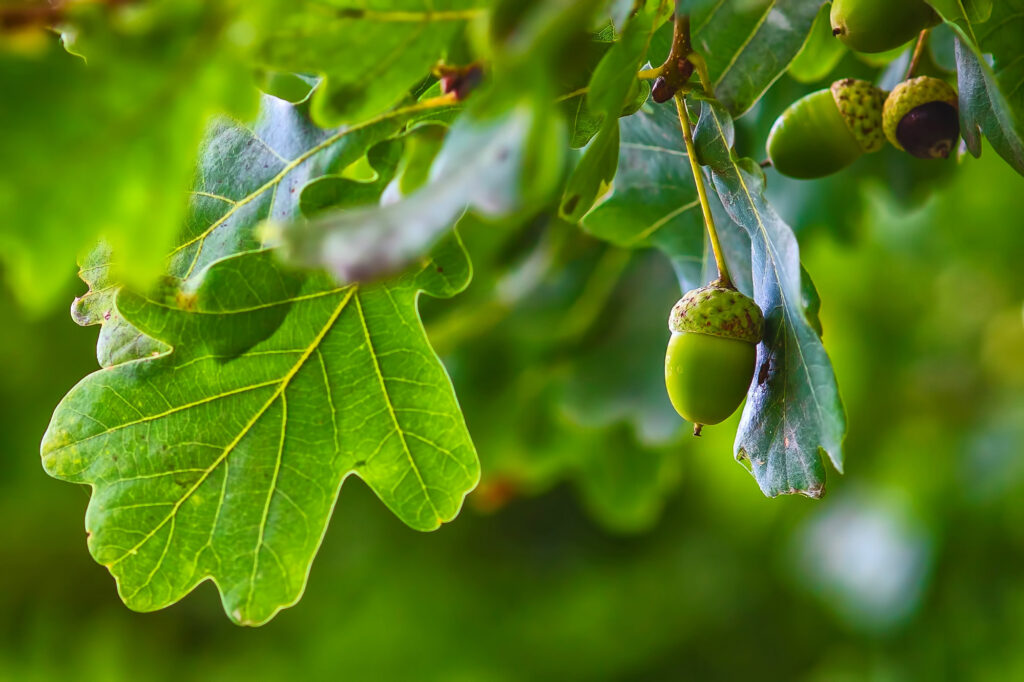
The Department for Environment, Food, and Rural Affairs (DEFRA) has recently published a policy paper on Local Nature Recovery Strategies (LNR Strategies). This article provides a summary of its key provisions.
What is a LNR Strategy?
A LNR Strategy is an agreement of priorities and actions for nature recovery within a "strategy area". Forty-eight "responsible authorities" have been appointed to lead on preparing a LNR Strategy for their strategy area. Together, these strategy areas cover the whole of England.
What must be included in a LNR Strategy?
A LNR Strategy must contain a local habitat map and a written statement of biodiversity priorities. Essentially, they should set out what the strategy is aiming to achieve and what practical actions will help to do this.
Detailed statutory guidance on what these two elements should contain can be found on the government's website.
LNR Strategies are expected to propose actions such as the creation of wetlands, restorations of peatlands and the more sustainable management of existing woodlands. Crucially, each LNR Strategy should be specific and tailored to its strategy area.
How is a LNR Strategy prepared?
A LNR Strategy must be prepared in accordance with The Environment (Local Nature Recovery Strategies) (Procedure) Regulations 2023.
It must be prepared with input from Natural England and other organisations, partners and local planning authorities in the strategy area.
Responsible authorities should involve a wide range of groups who know and understand the local area, such as landowners, managers, and environmental charities. A public consultation on a proposed LNR Strategy must also be undertaken before it is published.
It is anticipated that LNR Strategies should be in place across the whole of England by March 2025.
How will LNR Strategies be delivered?
LNR Strategy proposals are intended to guide where the public, private and voluntary sectors focus their nature recovery efforts for greater collective impact. There is no requirement that any specific proposed action must be carried out.
The government provides funding for a range of nature recovery activities to incentivise landowners and managers to make changes to how they use and manage their land for greater environmental benefit.
It's intended that LNR Strategies will assist farmers and landowners to determine actions they could undertake which may have a particular benefit in their area. The government is also putting together a package of measures to encourage and support people to carry out LNR Strategy proposals.
Responsible authorities will be required to review progress periodically and update the LNR strategy to reflect what has been done and where more action is needed.
LNR Strategies and the planning system
In the future, Development projects which are subject to the statutory biodiversity net gain condition applied to planning permissions, and which create, enhance or recover habitat in locations mapped in a LNR Strategy, will receive a higher biodiversity value in the biodiversity metric than they would in other locations.
The statutory biodiversity net gain condition was introduced under the Environment Act 2021 and is expected to come into force in November 2023.
LNR Strategies should be used by Local Planning Authorities when preparing their local plans, to inform the way they address the National Planning Policy Framework (NPPF) requirement for plans to protect and enhance biodiversity.
An anticipated update to the NPPF should set this out further. Separate guidance on how local authorities are expected to comply with their duty to factor in LNR Strategies through their planning functions is also anticipated.




